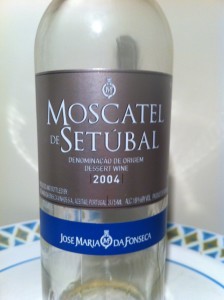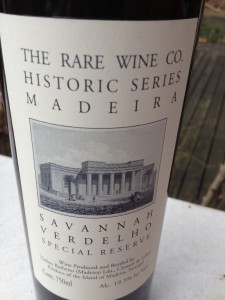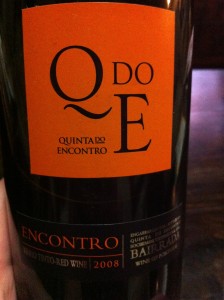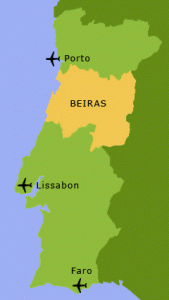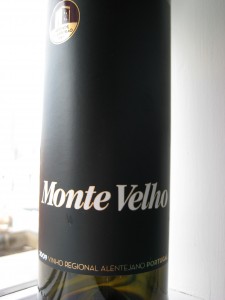As much as Loureiro and Vinho Verde are both worth a full description (probably way more than a blogpost in fact), I just read Harpo Speaks! And standing on one’s head is precisely the type of activity that Harpo advocated in word and in action, both for himself in Monaco casinos and for his children in his house rules. So, today there is no description of wine. Or Loureiro.
Today there is only mayhem related to topics other than wine. To families gathering and figuring out the best for ourselves as individuals and trying to find the best for ourselves as relatives together. To Fringe Wine – for writing 282 posts and bringing estoerica to the topics of the google search pages while fighting for what is far more important. To surrealists in whatever form, in whatever age. To nights on rooftops with clouds and rain. To books unread and un-reread. To nights and days and vespers best. To wandering and forests black, but most of all to sunflowers at dawn. To hostas and rose on the North Fork. To homemade chicken, rice and you. To what remains and what’s the same – an M. Wells dish and night of bliss. To family and friends remiss, to what we have at finger tips and what lies just beyond, where dreams insist.
Detail Up!
Loureiro, 2011 Aphros 12.0% abv, Vinho Verde from Lima River area in Galicia, Portugal
Taste
Acidic and crisp. Similar to Sauvignon Blanc but less of a finish. Little bit of lime but you have to look for it. Lemon is more present but still fairly subtle. Pairs really well with fish esp with lemon on top
Random Googles:
* Lima, one of my favorite words in any language, happens to be the river that flows through Galicia, the very northwestern areas of Portugal that produces Vinho Verde thanks to the many Celt ancestors that settled in this area… along with Ireland, Scotland and other crazy-beautiful parts of earth.
* Loueriro is a kissing cousin to Albarinho, the Portunhol grape that is loved and forgotten by many a good Spaniard
* Loureiro means “laurel” or “bay”, which is apparently based on the smell of the wine. I did not notice that but probably couldn’t identify either spice… unless the smell of Old Bay french fries is somehow related

